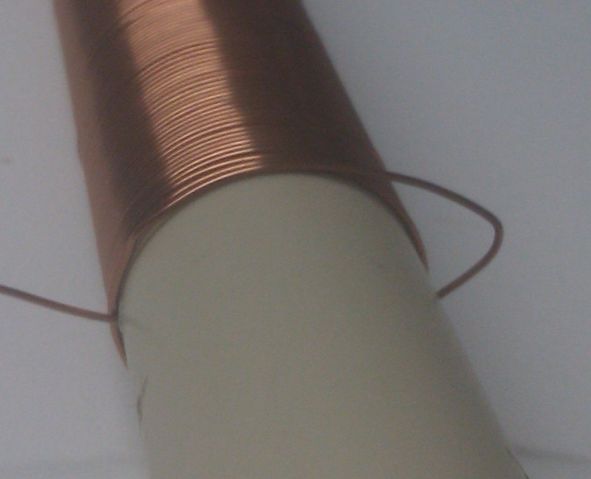Originally posted by woopy
View Post

Or is it like this?


 So i decided to rewind the 2 secondaries with 0.4 mm copper wire. Now i have a DC resistor of 4 ohms on each secondary, and i can already melt at less than 9 volt.
So i decided to rewind the 2 secondaries with 0.4 mm copper wire. Now i have a DC resistor of 4 ohms on each secondary, and i can already melt at less than 9 volt. That is very impressive. The video has wires hanging in fromt of the schematic. Can you please add a schematic to your post.
That is very impressive. The video has wires hanging in fromt of the schematic. Can you please add a schematic to your post.

 .Here is an exciter circuit,based on my earlier air feedback exciter which seems to produce plasma efficiently.
.Here is an exciter circuit,based on my earlier air feedback exciter which seems to produce plasma efficiently.






Leave a comment: